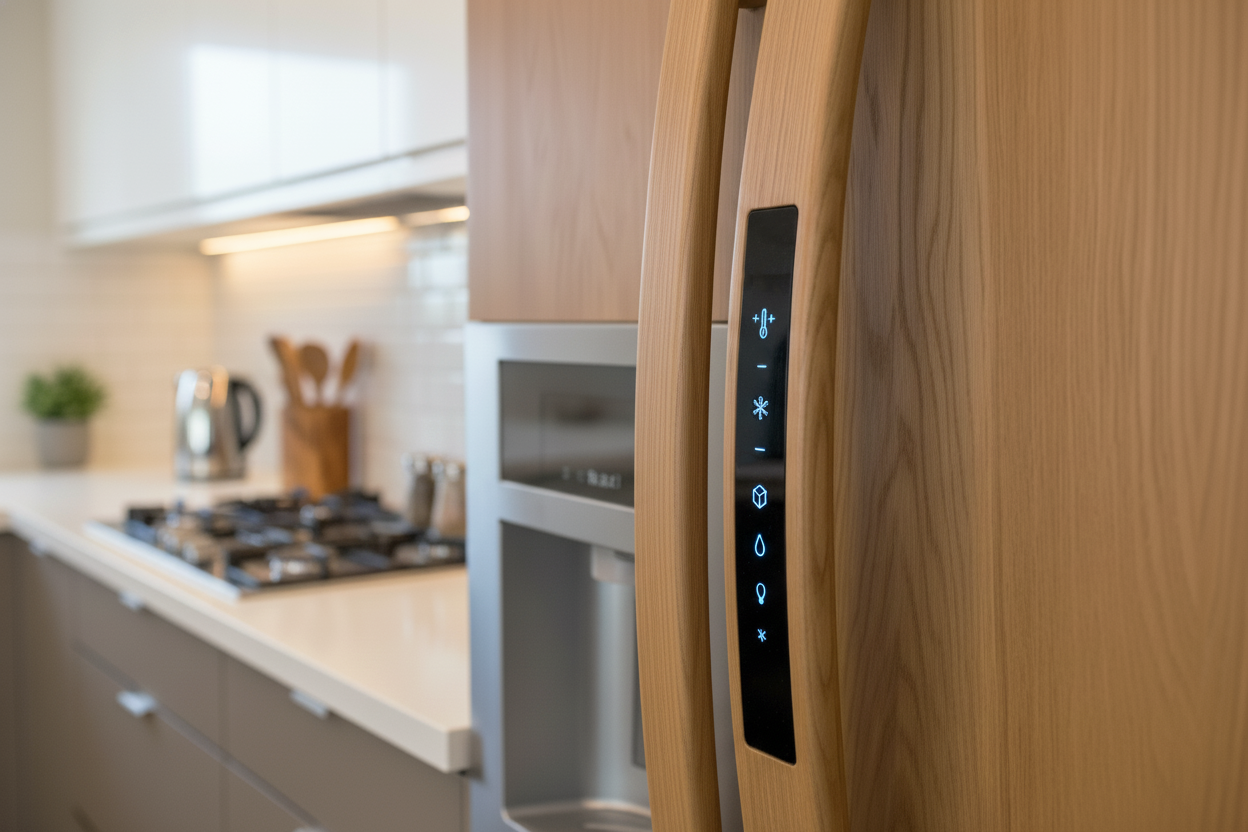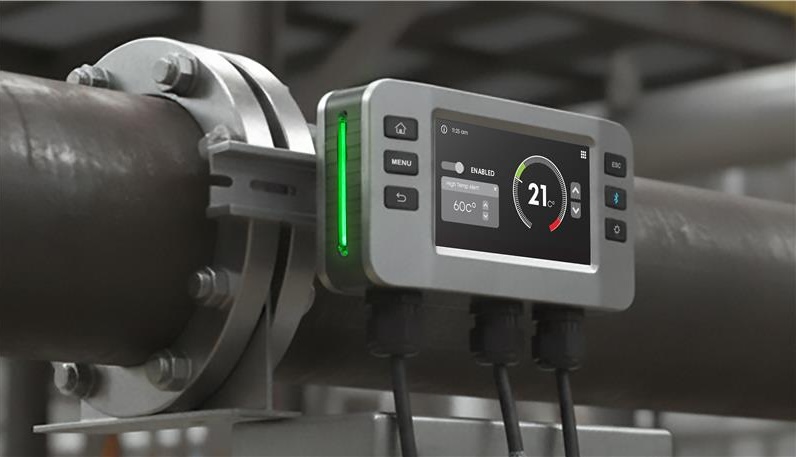The transportation industry is full of complex and evolving challenges that can only be met through the union of holistic design and innovative technology. This is true for everything from small components to entire systems, but this need is drawn into relief at the interaction point between users and vehicle systems.
The human-machine interface (HMI) is the lynchpin of effective solutions, as even the most sophisticated systems are of no use if they cannot be deployed or implemented effectively.
HMIs for Rail Systems
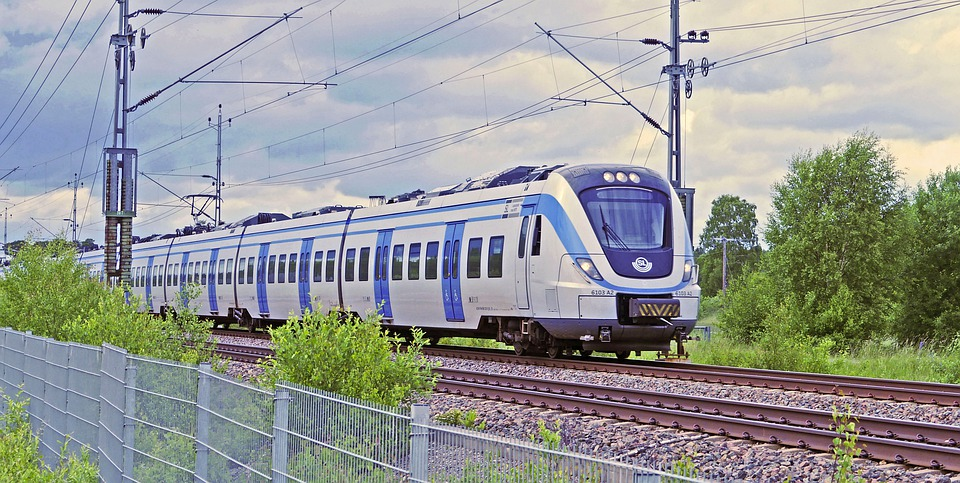
Rail travel is currently seeing a resurgence in markets across the world. More and more people are choosing trains over planes for leisure and business travel, and new light rail systems have become an increasingly popular choice for municipalities seeking to address travel and congestion issues in urban and suburban areas.
In order for operators and manufacturers to make the most of these trends, special attention must be paid to the railway passenger experience, as it is key to long-term customer retention. In this regard, human-machine interfaces (HMIs) have an important role to play.
HMIs ensure that the railway experience meets or exceeds traveler expectations. But HMIs are also an important consideration for operators and manufacturers, as they can help address complex daily challenges of operations and ultimately deliver efficiency gains and cost savings.
Ergonomic Interfaces
Improved HMIs also have an important role to play for the business and leisure travel market, as customers expect intuitive and ergonomic interfaces for things such as lighting and entertainment control, similar to those found in modern aircraft. Well-designed, passenger-facing HMIs are a source of significant added value to the overall travel experience.
For manufacturers, the benefits of modern HMIs are not limited to the travel experience of passengers, as they can play important roles in improving operational efficiency and safety. When used to control rail car systems, such as power distribution, lighting, communication or security features, intuitive and durable HMIs can reduce operator errors and facilitate regular operations.
The HMI has become an increasingly important design element to address the unique technical and environmental considerations of railway travel.
Emergency Vehicles Needs
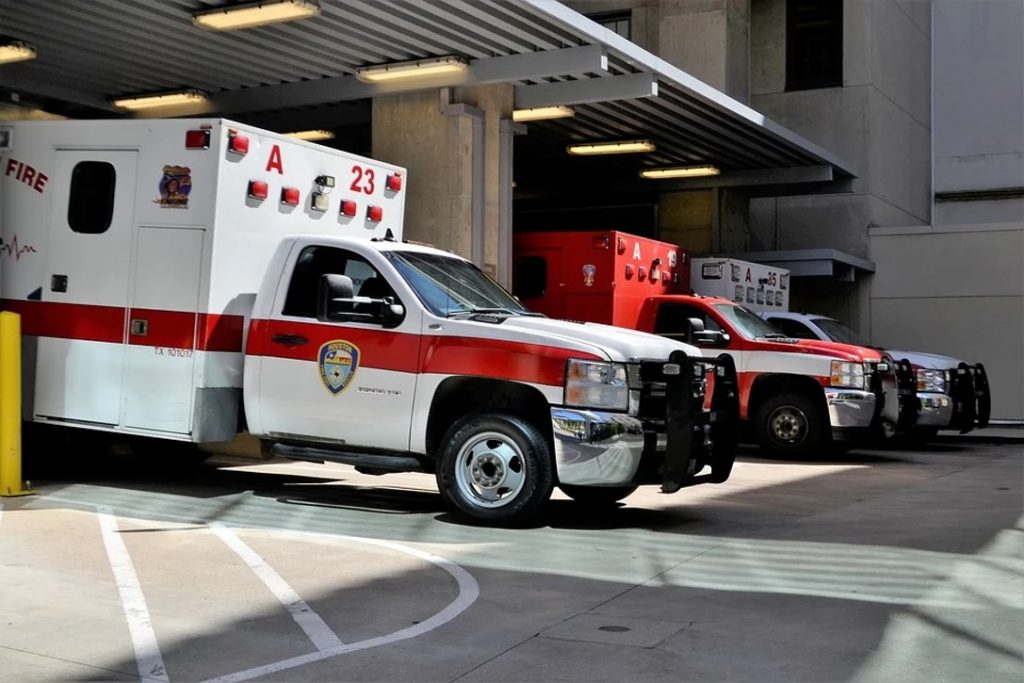
Emergency vehicles, such as ambulances, fire trucks, rescue and law enforcement vehicles, must be regularly modernized to keep pace with evolving best practices and customized to suit operator needs. The HMIs within these vehicle types must be exceptionally intuitive and rugged to facilitate emergency response efforts because errors or delays can have potentially disastrous consequences.
First responders face unpredictable, and sometimes extreme, challenges, so every aspect of their vehicle’s systems, and their HMIs, must uphold the highest standards for functionality and durability.
Operating safely and efficiently requires HMIs that will withstand the accumulated wear and tear from countless shocks and vibrations over time. Whether for communication needs, light or siren control, or accessing specialized vehicle functions, effective, efficient and intuitive HMIs make a vital contribution to emergency response efforts.
Custom HMIs from E2IP TECHNOLOGIES
To meet the unique challenges faced in various areas of the transportation sector, HMIs must provide long-lasting durability and versatile functionality in all conditions. To help transport industry stakeholders meet this need, e2ip technologies creates customized, user-friendly HMIs, built to the highest standards of ruggedization.
With the ability to integrate optically balanced backlighting, project capacitive or resistive touch screens, diverse switch options and activation forces and customized graphics with compression molded silicone parts, our HMIs can be built around any end-user considerations.
Housed in machined or cast aluminum or injection-molded plastic housings with the possibility of electromagnetic interference and electrostatic discharge shielding, as well as hermetic sealing, our HMIs are built to meet the most extreme demands.
Discover how e2ip technologies can help your team members become more efficient, no matter what kind of vehicle they operate.
Train Control Panel

This train control panel can be adapted to various light rail applications, including as airport trains, sky trains, commuter trains, and others.
Developed entirely by e2ip, including industrial, electrical, software and backlighting design, software certification, reliability and environmental response testing, every aspect of our products conforms to industry standards.
These lightweight, low-cost assemblies feature individual switches, backlighting and tactile response feedback.
Emergency Vehicle Control Panel
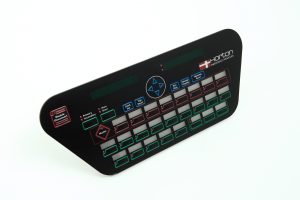
In order to find a robust solution to respond to emergency vehicle operator needs, e2ip oversaw the project management and was responsible for the electrical and mechanical designs of these emergency vehicle control panels.
Offering high-brightness backlighting, these robust panels were made to withstand the rigours of the road and provide first responders with all the functionality they need through customizable windows and high-tactile forces.
Other characteristics:
- PCB
- Diffuser plates
- Silicone
- LED backlighting
- Customizable window
- High tactile force
- Resistant to various operating conditions
Custom Touch Screen Solutions
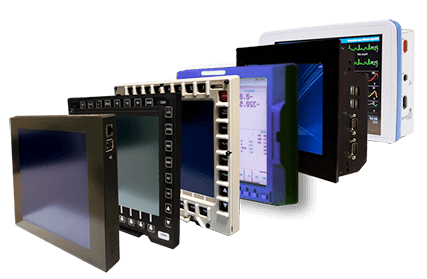
Our custom touch screen solutions are reliable, ruggedized, weather-resistant and durable, making them easy to adapt to virtually any transportation application.
E2IP TECHNOLOGIES -Meeting the Evolving Requirement of the Transportation Sector
At e2ip, we have a deep understanding of these industry challenges, thanks to years of success in the design, manufacturing, and assembly of human-machine interfaces for customers in various transportation industry niches.
Having developed products for the railway, construction, agricultural, and emergency intervention sectors, our experience, and expertise is what allow us to provide transportation industry solutions that meet customer requirements while respecting timeline and budget considerations.


